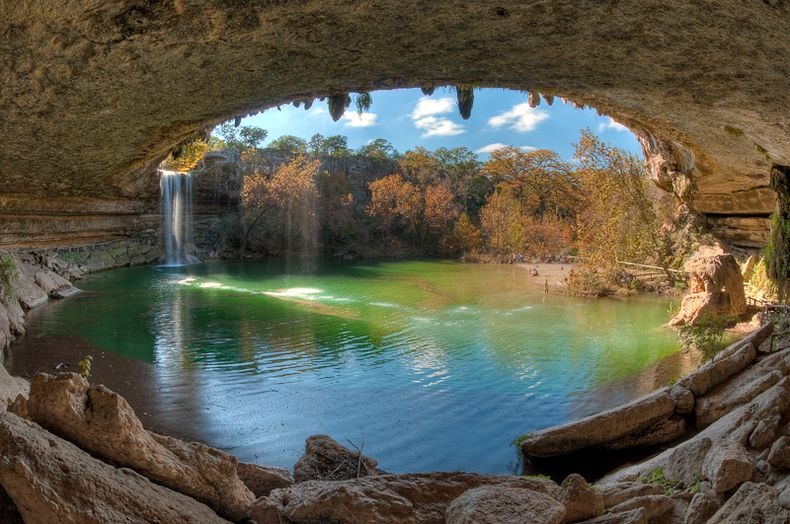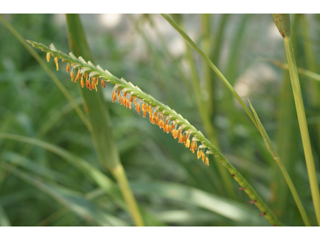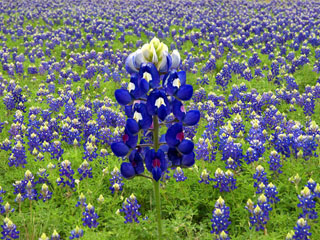When the Texas sun starts turning up the heat, there’s no better way to cool off than diving into a natural swimming hole. But these aren’t your average backyard pools. We’re talking about crystal-clear springs, limestone grottos, and lazy rivers tucked into the folds of the Texas landscape. Spread across the state—from the rugged Hill Country to the piney woods and the desert edge—these watering holes don’t just offer relief from the heat, they offer a lesson in the geography that makes Texas wild and wonderful.
Let’s take a plunge into some of the Lone Star State’s best natural swimming spots, and the land and water systems that make them possible.
Why Texas Swimming Holes Are Special
Texas sits on a geological buffet—from karst limestone aquifers in the Hill Country to desert springs bubbling up through bedrock in the Trans-Pecos. Our natural pools and rivers are sustained by underground aquifers like the Edwards, Trinity, and Ogallala, which store and slowly release water into the landscape.
These swimming holes are more than places to beat the heat. They’re bellwethers of our water health. When the springs run dry, it’s not just a missed swim—it’s a signal that aquifers are under pressure from drought and development.
Jacob’s Well – Wimberley, TX
📍1699 Mt. Sharp Rd., Wimberley, TX 78676 | (512) 214-4593
Hours: 8 AM – 6 PM | Swimming currently suspended due to drought
:max_bytes(150000):strip_icc()/4-a332989afa504088aa1af91f61315748.jpg)
Dive into the mouth of Texas’ second-longest underwater cave—if you dare. Jacob’s Well looks serene from above, a circle of clear blue framed by native brush, but beneath lies a labyrinth of chambers plunging over 120 feet into the limestone. This artesian spring has enticed explorers, divers, and geologists for decades—and before that, Indigenous peoples and settlers seeking reliable water. Today, it’s a barometer for the Trinity Aquifer’s health. If it’s dry, that’s Texas talking.
Hamilton Pool Preserve – Dripping Springs, TX
📍24300 Hamilton Pool Rd., Dripping Springs, TX 78620 | (512) 264-2740
Reservations required | Swimming not always permitted
Imagine a place where a waterfall spills into an emerald pool, birdsong echoes off limestone walls, and ancient rock tells stories of prehistoric rivers. That’s Hamilton Pool. Formed by a collapsed underground dome, this natural amphitheater offers a surreal swim when open, and a breathtaking hike always. Be warned: nature’s beauty here comes with quirks—rockfalls and bacteria levels mean swimming isn’t always possible. But even from dry ground, it’s a Texas treasure.
Barton Springs Pool – Austin, TX
📍2131 William Barton Dr., Austin, TX 78746 | (512) 974-6300
Hours: 5 AM – 10 PM | Entry fee applies

In the middle of Austin, a three-acre spring-fed pool bubbles up from the Edwards Aquifer, maintaining a chill 68°F year-round. Locals sunbathe, splash, and swim laps, but Barton Springs is more than a popular swim spot—it’s sacred ground. Once revered by the Tonkawa people, it now sustains the endangered Barton Springs Salamander and fuels heated conversations about urban water use and aquifer conservation. It’s where hip Austin meets ancient geology.
Blue Hole – Wimberley, TX
📍333 Blue Hole Ln., Wimberley, TX 78676 | (512) 660-9111
Open May–Labor Day | Reservations required for swimming
This is the swimming hole of your childhood dreams: rope swings, towering cypress trees, and water so clear you’ll forget what decade you’re in. Blue Hole was once at risk of being turned into a subdivision, but a passionate local effort saved it and transformed it into a community park that blends conservation and recreation. The water flows through Cypress Creek, fed by springs, and shaded by trees older than the town itself.
Balmorhea State Park – Toyahvale, TX
📍9207 TX-17, Toyahvale, TX 79786 | (432) 375-2370
Open year-round | Reservations recommended
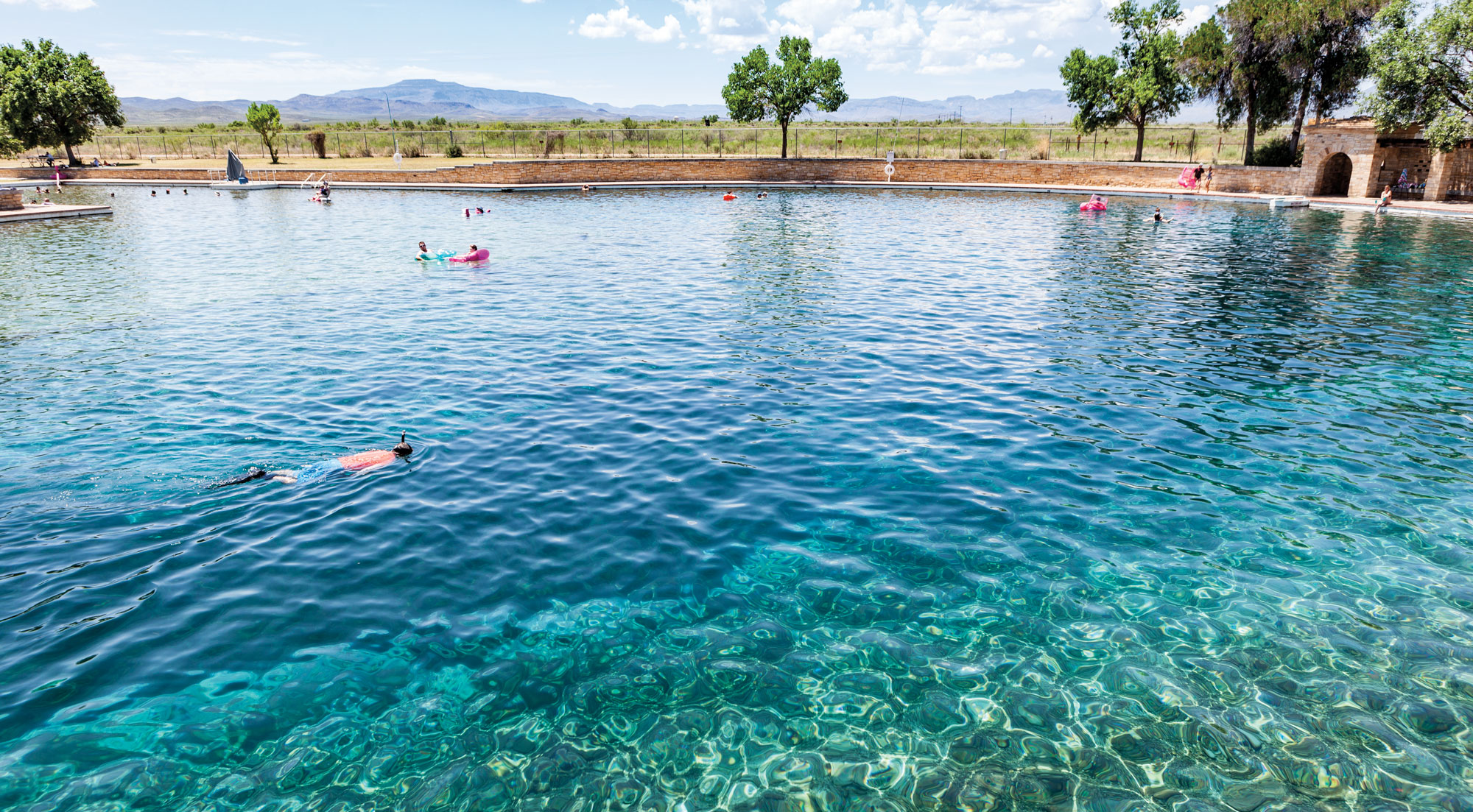
In the middle of the Chihuahuan Desert, you’ll find the world’s largest spring-fed swimming pool. That’s not a mirage—it’s Balmorhea. Built in the 1930s by the Civilian Conservation Corps, this oasis is fed by San Solomon Springs, gushing 15 million gallons of 72°F water daily. You can swim with desert fish and turtles in the crystal-clear water, surrounded by dusty mountains and big sky. It’s one of the most dramatic contradictions in Texas—and one of the most refreshing.
Krause Springs – Spicewood, TX
📍424 County Road 404, Spicewood, TX 78669 | (830) 693-4181
Open daily | Entry fee applies
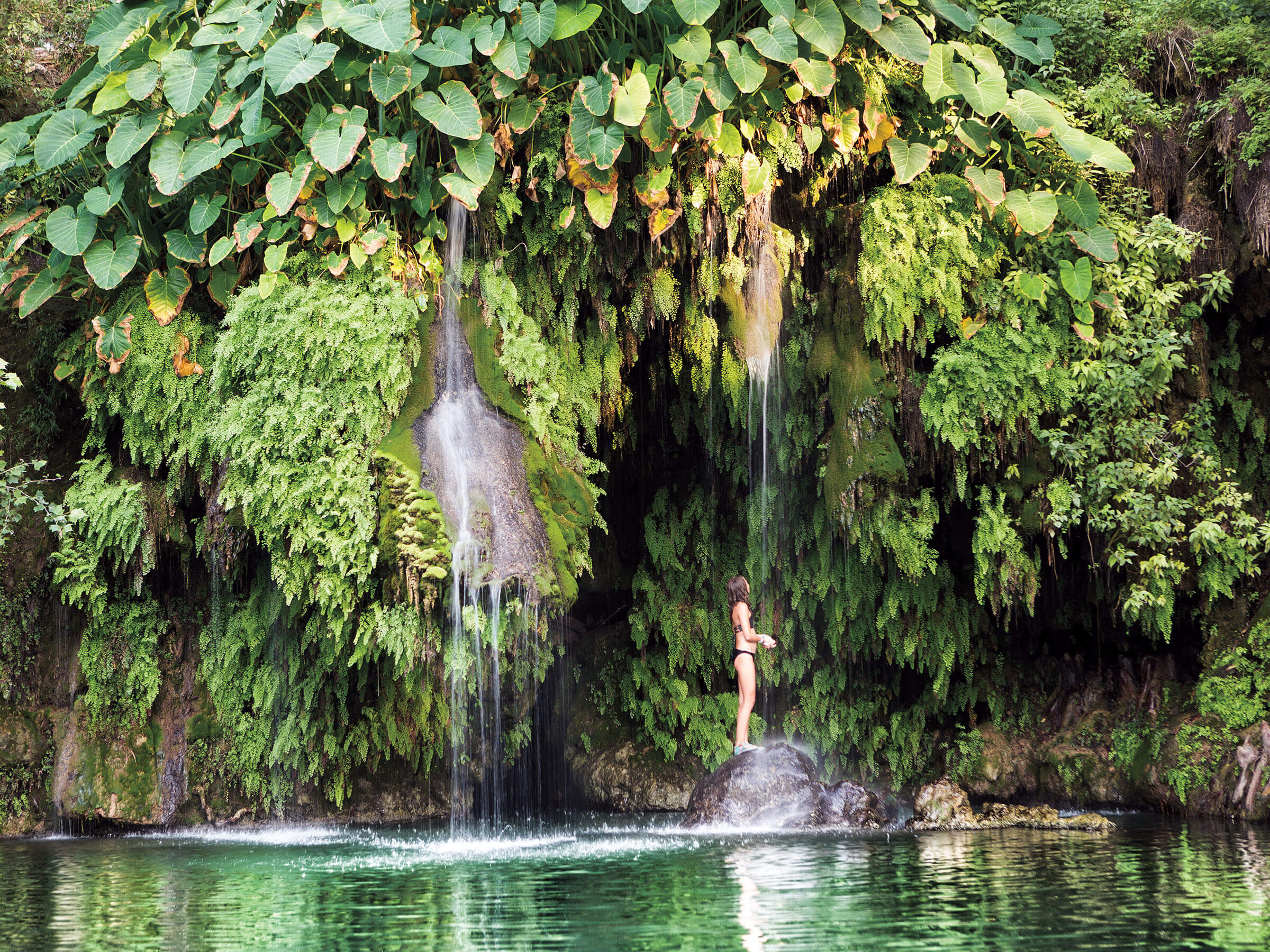
This privately owned gem is lush, quirky, and full of magic. Krause Springs has been a family-run operation since 1955 and features 32 springs feeding into a man-made pool and a fairy tale-like natural swimming hole. Waterfalls spill over fern-covered rock walls into a shady pool surrounded by massive trees and wind chimes. Bonus: it’s on the National Register of Historic Places, and there’s camping for those who want to linger longer.
The Frio River – Garner State Park, TX
📍234 RR 1050, Concan, TX 78838 | (830) 232-6132
Open year-round | Reservations strongly advised
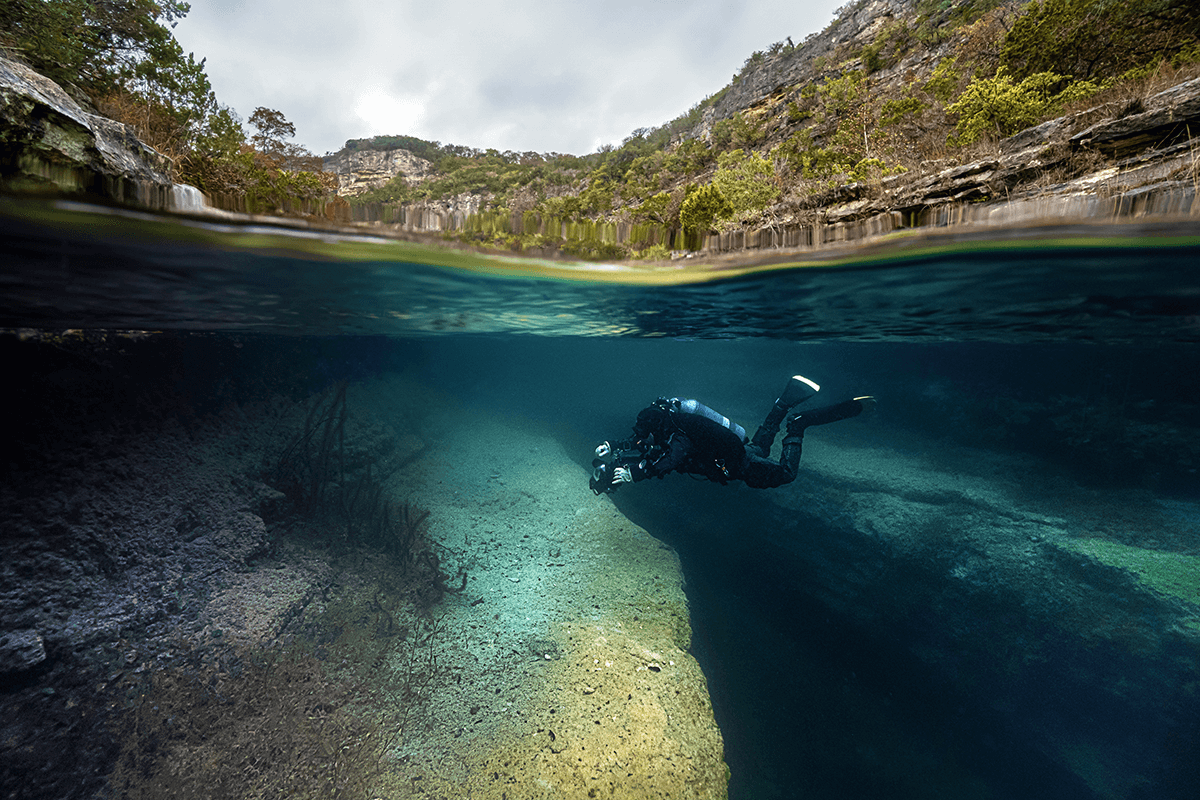
“Frio” means cold, and this river earns the name. Spring-fed and winding through limestone canyons and cypress groves, the Frio is perfect for tubing, swimming, and singing under the stars. At Garner State Park, families have danced at the nightly jukebox pavilion since the 1940s, a tradition started by the Civilian Conservation Corps. The river’s flow is a direct reflection of the Edwards Aquifer’s vitality—another reason to keep it flowing, clean, and wild.
Lake Tejas – Colmesneil, TX
📍157 Lake Tejas Loop, Colmesneil, TX 75938 | (409) 837-2063
Open mid-May through Labor Day
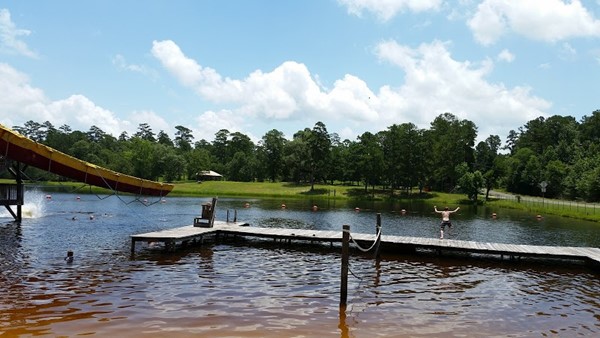
Deep in the Piney Woods, Lake Tejas has the vibe of an old-school summer camp—but with a backstory. Built in 1939 as part of a National Youth Administration project, it’s spring-fed and family-friendly, with diving boards, shaded banks, and camping. During construction, workers found a large Caddo arrowhead, connecting the lake to the region’s Indigenous roots. “Tejas” means “friend”—a fitting name for a spot that’s all about connection.
Visiting Tips for Texas Landowners and Explorers
- Check local conditions – Water levels and swim permissions can change quickly, especially in drought years.
- Reservations matter – Popular spots like Hamilton Pool and Blue Hole often book out.
- Bring your essentials – Sunscreen, water shoes, and respect for nature go a long way.
- Know your watershed – Many of these sites are part of sensitive aquifers that landowners also rely on for wells and livestock.
These unique stories highlight the rich history and cultural significance of Texas’s natural swimming holes. Whether you’re seeking a refreshing dip or a journey through time, these spots offer both.




